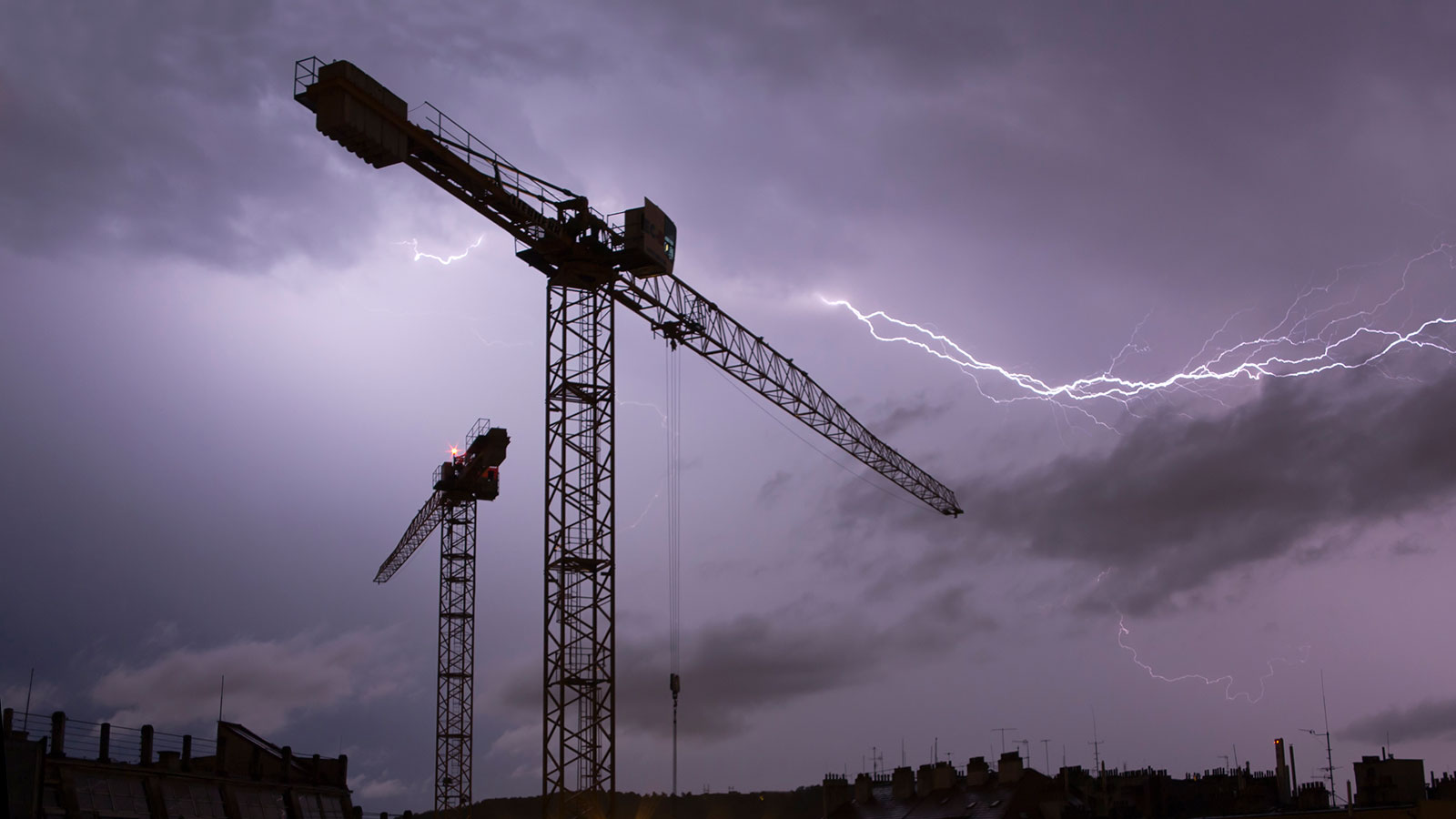
While the focus on workplace safety often centers around more common hazards such as slips, trips, and falls, one often overlooked danger is lightning. As a natural phenomenon that poses a significant risk to outdoor workers, it is essential for employers to prioritize lightning safety on the job. To guide employers and workers in implementing effective safety measures, the Occupational Safety and Health Administration (OSHA) provides valuable guidelines in the publication “Lightning Safety When Working Outdoors.”
Understanding the Risks:
Lightning strikes can cause severe injuries and fatalities, as well as damage to property and equipment. Outdoor workers exposed to the elements, including those in construction, agriculture, utilities, and other industries, are particularly vulnerable to the dangers associated with lightning. Recognizing the risks is the first step towards creating a safe working environment.
Developing a Lightning Safety Program:
To mitigate the risks associated with lightning, OSHA recommends the development of a comprehensive lightning safety program. This program should include key elements such as monitoring weather conditions, establishing an action plan, implementing a robust communication system, and providing worker training.
Monitoring Weather Conditions:
Prior to commencing any outdoor work, it is crucial for employers and supervisors to prioritize the safety of their workers by thoroughly assessing weather conditions. To guide employers in this process, the Occupational Safety and Health Administration (OSHA) recommends several measures outlined in their guidelines. By checking NOAA weather reports (weather.gov) and radio forecasts, employers can stay informed about potential weather hazards that may impact the safety of their workers. OSHA strongly advises employers to consider rescheduling jobs when hazardous weather conditions are anticipated, thus avoiding the risk of workers being caught outside during such adverse conditions.
By continuously monitoring weather conditions, employers and workers can proactively respond to potential hazards. Prompt action is crucial to ensure the safety of workers in outdoor environments. In the event of impending thunderstorms or severe weather, supervisors should promptly communicate the situation to workers and initiate appropriate safety measures. This may include suspending outdoor work and instructing workers to seek shelter in designated safe areas until the weather improves.
Action Plan and Evacuation Procedures:
A well-defined action plan is crucial for handling lightning threats. OSHA recommends developing procedures for suspending outdoor work and moving workers to a safe location when thunderstorms are imminent. This may involve designating specific safe shelters, such as fully enclosed buildings or vehicles, where workers can take cover. The action plan should also include clear instructions for suspending work, notifying workers, and providing guidance on when it is safe to resume activities.
Effective Communication:
Establishing clear and efficient communication is of utmost importance during lightning events. OSHA strongly recommends that employers implement a robust communication system capable of promptly disseminating crucial information such as weather alerts, evacuation instructions, and updates on work resumption. Employers may utilize various reliable communication tools, including radios, mobile devices, or any other appropriate means, to ensure that all workers receive timely and accurate information regarding lightning safety protocols.
Worker Training and Education:
To safeguard outdoor workers, employers must establish a comprehensive Emergency Action Plan (EAP) adhering to 29 CFR 1910.38 or 29 CFR 1926.35. This EAP should include a tailored lightning safety protocol with key components: prompt alerts for supervisors and workers, effective lightning safety warnings via weather alerts or radios, identification of safe shelters meeting safety standards, designated response timeframes for workers to reach shelters, clear guidelines for suspending and resuming work, and procedures for public evacuation and worker safety.
Conclusion:
Lightning poses a significant threat to outdoor workers, making it crucial for employers to prioritize lightning safety on the job. The publication “Lightning Safety When Working Outdoors” serves as a valuable resource, offering guidance on the development of a comprehensive lightning safety program. By monitoring weather conditions, creating an action plan, establishing effective communication systems, and providing worker training, employers can mitigate the risks associated with lightning and ensure the well-being of their workforce. Implementing these guidelines not only protects workers from potential harm but also promotes a culture of safety, fostering a productive and secure work environment.
Contact Rush & Frisco
At Rush & Frisco, we are committed to advocating for the rights and safety of workers in Gainesville, Florida and surrounding areas. We firmly believe that every worker, regardless of the inherent risks associated with their job, deserves to work in a safe environment. When employers disregard weather warnings, prioritize production over safety, or engage in any practices that jeopardize the well-being of their workers, we take a stand to hold them accountable. Our unwavering dedication remains constant: ensuring justice, no matter the circumstances.
Call us today if you have any questions. We are available 24/7, so you can contact us at (352) 373-7566.